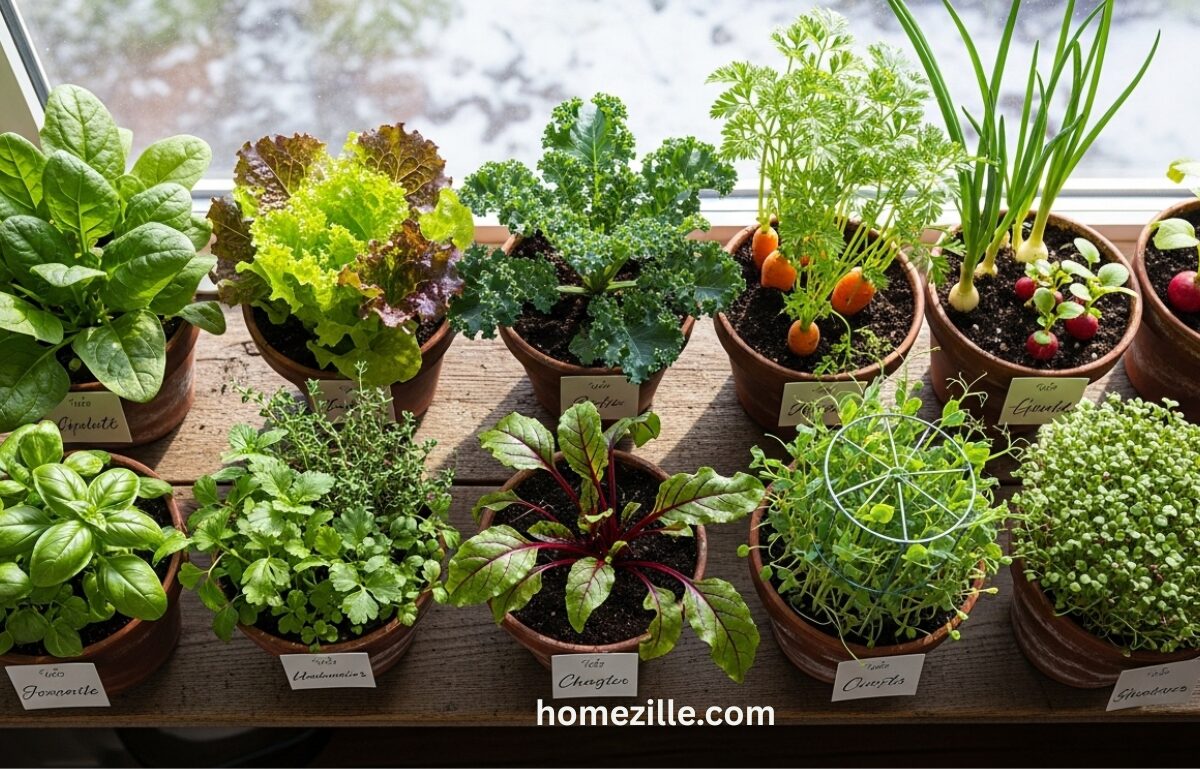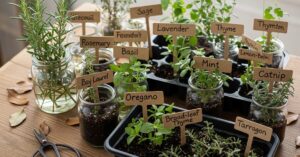Have you ever wished to enjoy fresh vegetables in winter without having to step outside in the cold? The good news is you can easily grow your favorite winter vegetables indoors and enjoy a fresh harvest all season long. Whether you have a sunny window, a few pots, or even a small grow light setup, indoor gardening opens the door to a year-round supply of homegrown goodness.
When I first began growing an indoor vegetable garden, I was astonished at how easy it was to produce greens and herbs, even when the weather was at its coldest. The key is to select suitable cold-season crops that thrive in limited sunlight and moderate temperatures.
Here are 10 winter vegetables you can grow indoors to enjoy a continuous harvest of healthy, flavorful produce right in your kitchen.
1. Spinach
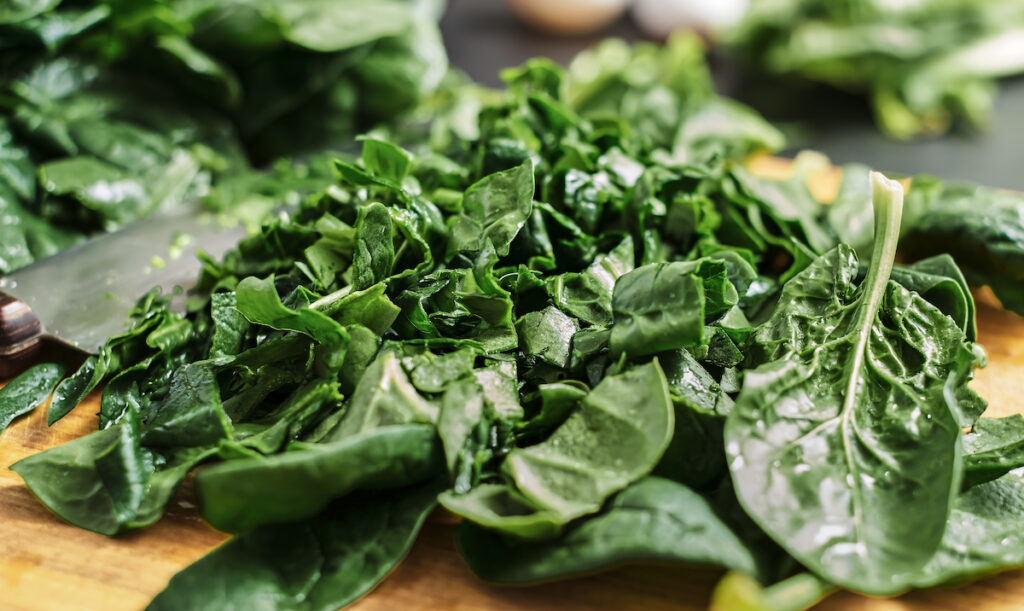
Spinach is one of the easiest winter vegetables you can grow indoors. It grows quickly, thrives in cool temperatures, and requires minimal sunlight.
Why it’s perfect for winter:
- Spinach prefers cooler air and lower light levels.
- You can harvest leaves within 4–6 weeks.
- It regrows after cutting, giving you multiple harvests.
Indoor growing tips:
- Use a wide, shallow container with drainage holes to ensure proper drainage.
- Place it near a south-facing window or under grow lights.
- Keep the soil moist but not soggy.
Spinach is a rich source of iron, calcium, vitamins A and C, and is a necessity in your indoor vegetable garden. I also use spinach that I grow in the garden in omelets and smoothies; it is impossible to resist such a flavorful ingredient.
2. Lettuce
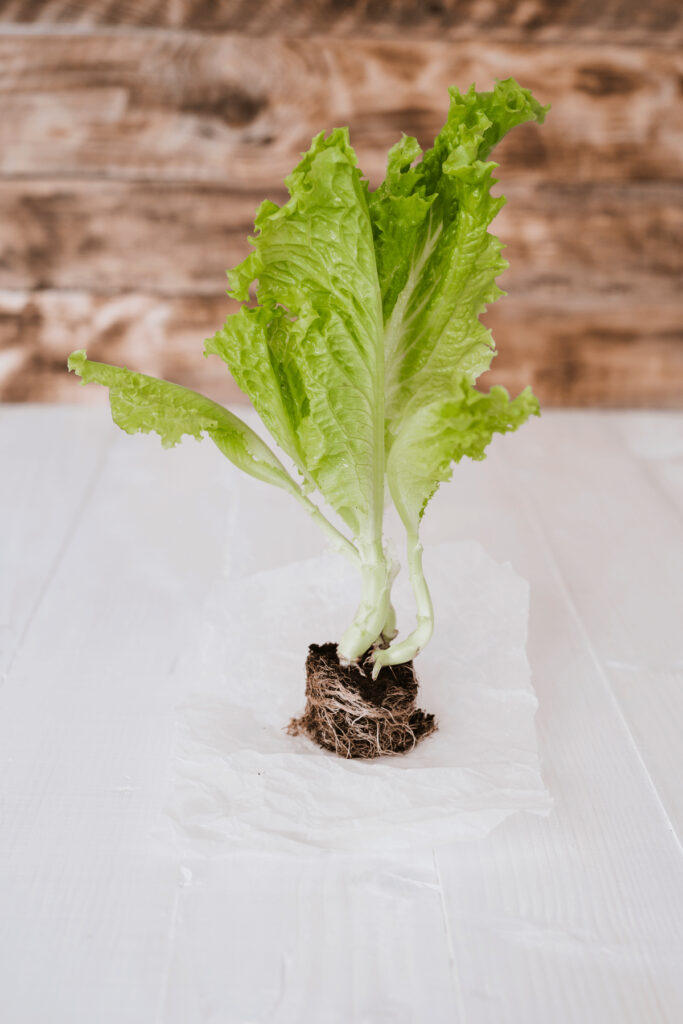
When it comes to indoor gardening, lettuce is a top choice for beginners. This leafy vegetable grows beautifully indoors and requires minimal maintenance.
Why lettuce is great for indoors:
- It grows well in containers and trays.
- It needs only moderate sunlight.
- Perfect for continuous harvests — just snip outer leaves and let the center regrow.
Best lettuce varieties for winter:
- Butterhead
- Romaine
- Loose-leaf
Growing tips:
- Keep the soil slightly damp.
- Provide at least 10–12 hours of light daily with grow lamps.
- Use organic potting mix for the best flavor.
With fresh lettuce always available, you can make salads at any time. Growing fresh greens in winter is truly satisfying.
3. Kale
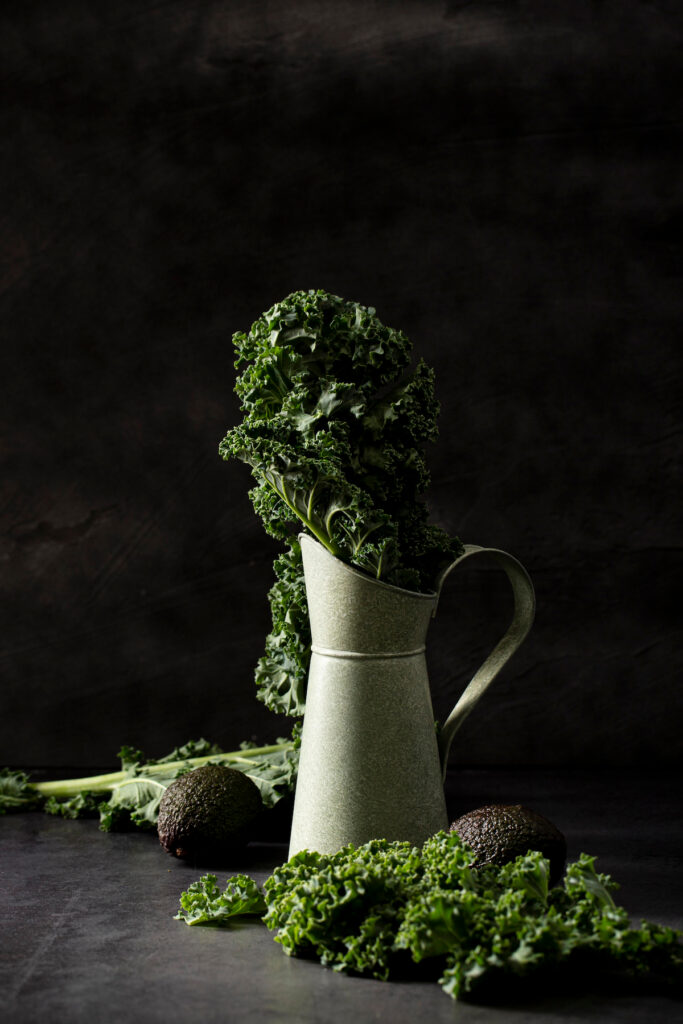
Kale is a nutrient powerhouse and one of the best cold-season crops for indoor growth. It’s hardy, fast-growing, and incredibly nutritious.
Why grow kale indoors:
- It tolerates low temperatures and limited sunlight.
- Grows well in deep containers (at least 8 inches).
- Perfect for smoothies and winter soups.
Care tips:
- Keep it near bright windows or under LED grow lights.
- Water regularly, but avoid overwatering.
- Harvest outer leaves when 4–5 inches long.
Kale contains antioxidants, vitamin K, and fiber. I love how it keeps producing fresh leaves throughout the season, making it one of my favorite winter vegetables to grow indoors.
4. Green Onions
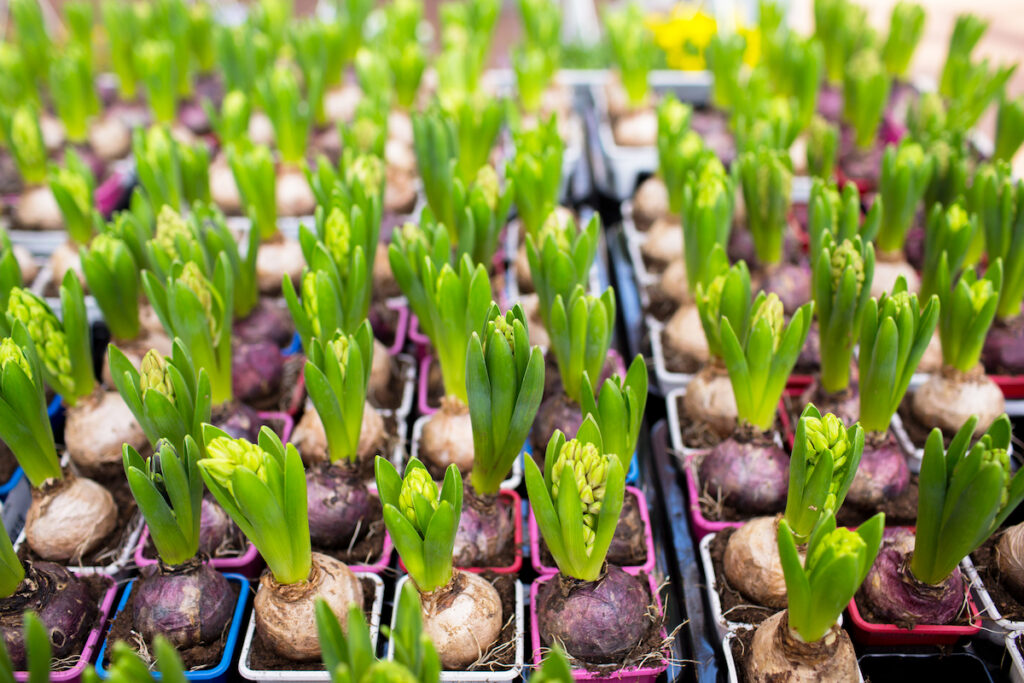
If you’re new to indoor vegetable gardening, green onions are your best start. They’re quick, reliable, and require almost no maintenance.
Why they’re perfect:
- You can grow them from kitchen scraps.
- They grow well in jars of water or soil.
- They regrow fast after cutting.
How to regrow green onions:
- Save the white bulb ends with their roots intact.
- Place them in a glass of water and keep them near a sunny window.
- Change the water every few days.
Alternatively, plant them in soil for stronger growth. Within a week, you’ll have fresh onion greens to use in soups, eggs, and stir-fries. This is one of the most rewarding home recycling projects for indoor gardeners.
5. Carrots
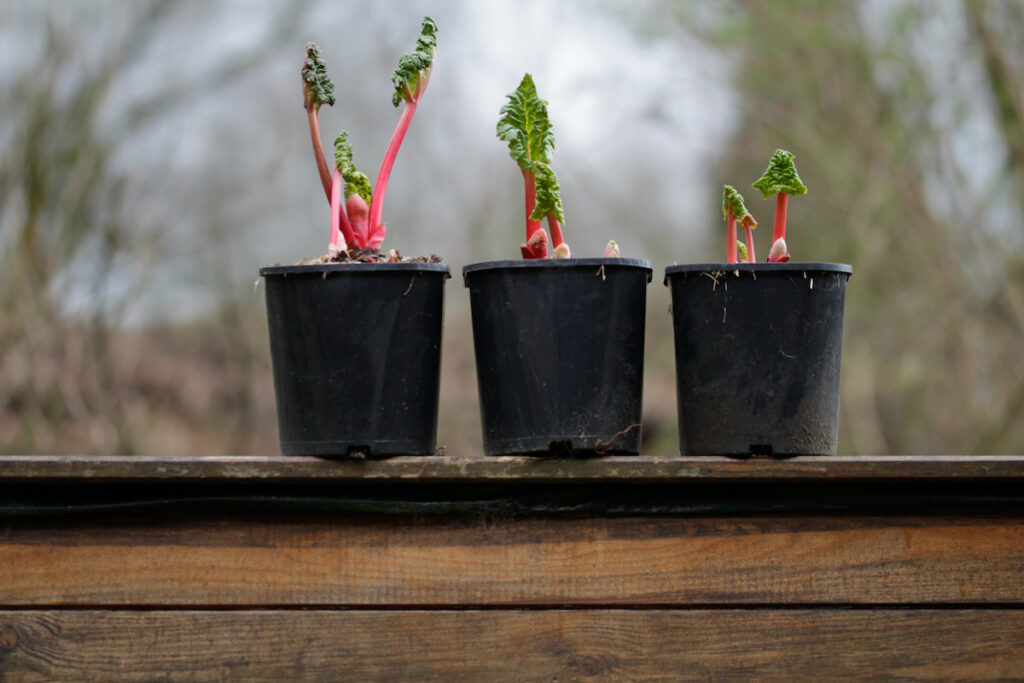
Many people think carrots can’t grow indoors, but with the right container, they thrive beautifully.
Why carrots work indoors:
- They’re cold-tolerant root crops.
- Small or round varieties fit perfectly in pots.
- They don’t need intense sunlight.
How to grow carrots inside:
- Choose deep containers (10–12 inches in diameter).
- Use loose, well-draining soil.
- Keep soil moist but not wet.
- Place under bright indirect light or a grow lamp.
Great varieties include Thumbelina, Little Finger, and Paris Market. Watching your indoor-grown carrots form underground is exciting, and the flavor is naturally sweet.
6. Radishes
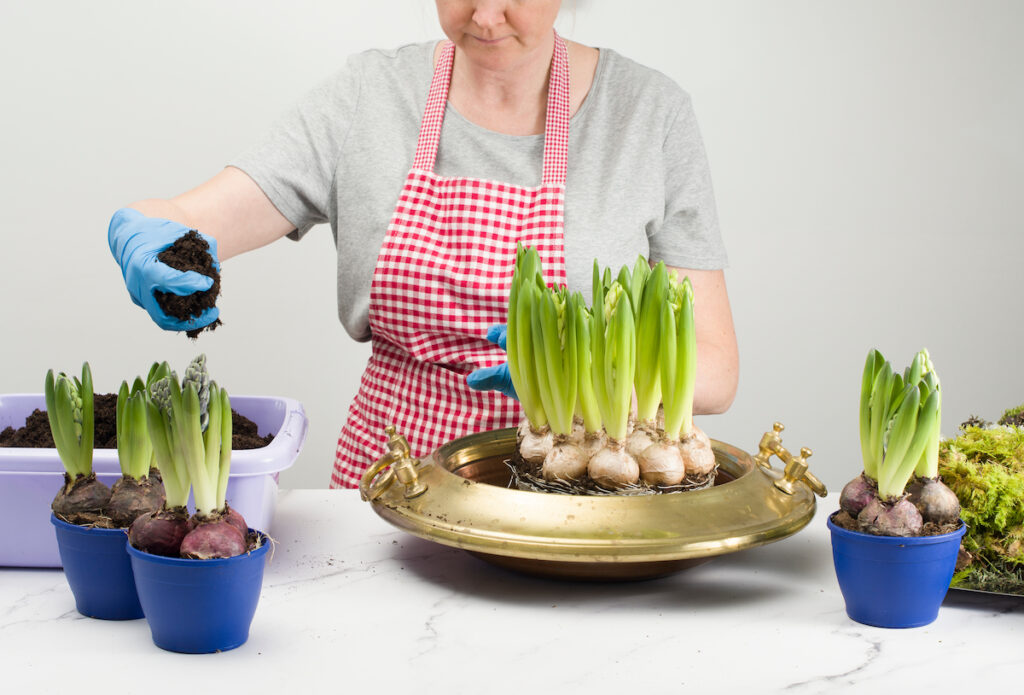
Radishes are one of the fastest-growing indoor winter vegetables. They sprout within a few days and mature in under a month.
Why you’ll love them:
- Extremely low maintenance.
- Grows well in shallow containers.
- Adds a crisp, spicy flavor to salads.
Growing guide:
- Plant seeds about ½ inch deep in loose soil.
- Keep the container in bright light.
- Water lightly every few days.
Tips:
- Avoid overcrowding.
- Choose small, fast-maturing varieties, such as Cherry Belle.
Radishes are perfect for a quick winter harvest, providing a healthy snack rich in vitamins C and B6.
7. Herbs
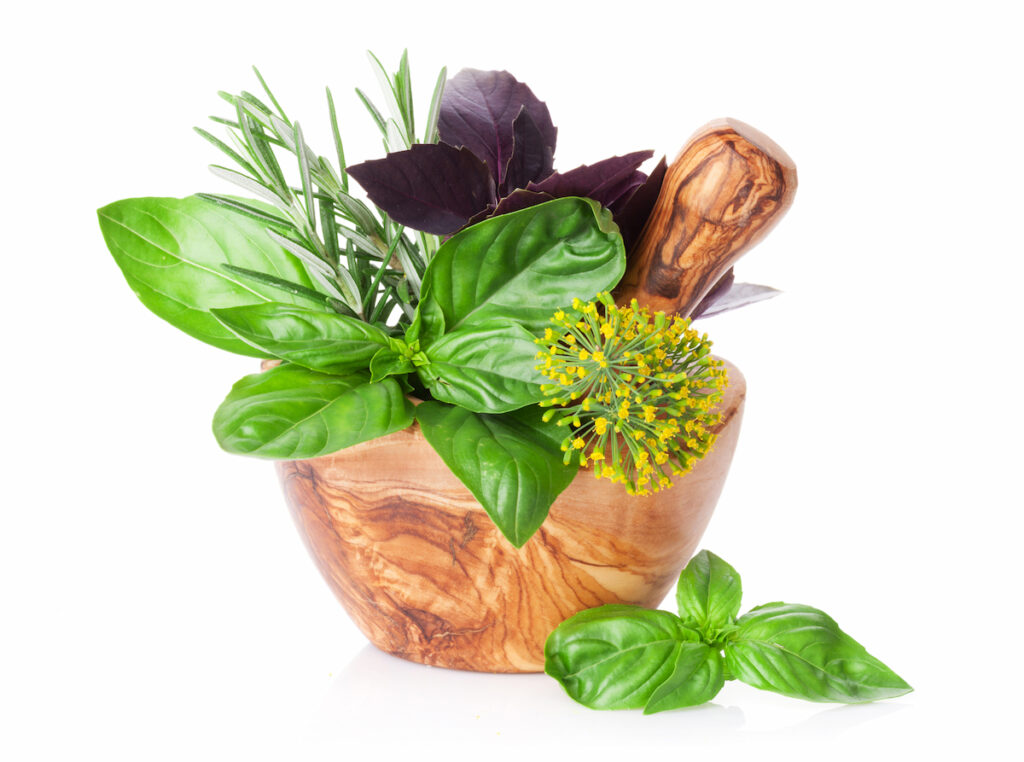
When you think about winter vegetables you can grow indoors, don’t forget culinary herbs. They’re small, fragrant, and incredibly useful for cooking throughout the year.
Top herbs to grow indoors:
- Basil
- Parsley
- Thyme
- Mint
- Cilantro
Growing tips:
- Use small pots with good drainage.
- Place them near windows or under grow lights for vegetables.
- Water lightly once the topsoil feels dry.
Having fresh herbs at your fingertips makes cooking so much more enjoyable. I keep my small herb garden near my kitchen window, and it’s both decorative and functional.
8. Beets
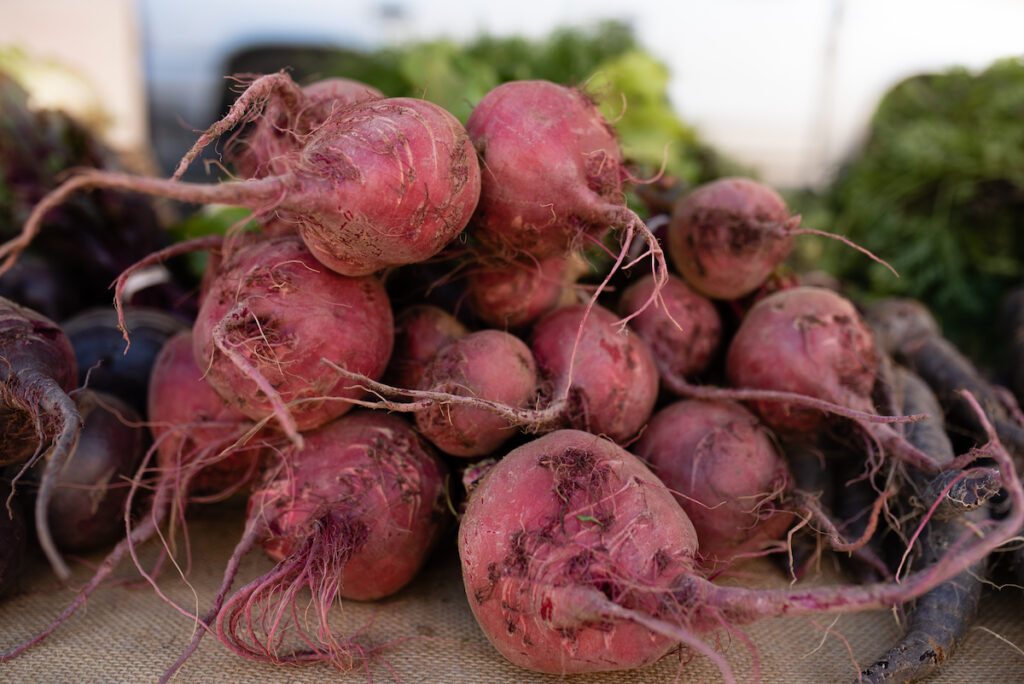
Beets are another fantastic option for indoor vegetable gardening. You can grow them for both their roots and leafy tops.
Why beets are great for indoors:
- They’re cold-hardy and grow quickly.
- Their leaves are edible and nutritious.
- The roots don’t need much space to develop.
How to grow:
- Use deep pots (at least 8 inches).
- Sow seeds about 2 inches apart.
- Provide 12 hours of light per day.
- Keep the soil evenly moist.
You can harvest baby greens early and let the roots mature for later. Beets are rich in iron, fiber, and folate, making them a winter superfood.
9. Peas
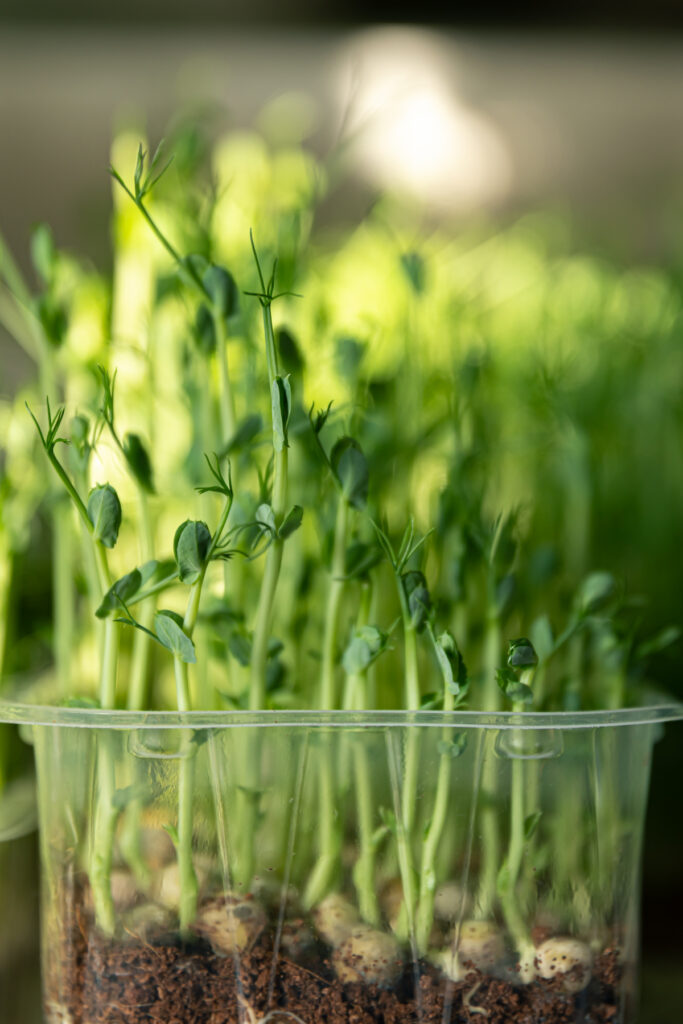
Surprisingly, peas are among the best winter vegetables you can grow indoors. Their sweet pods and vibrant vines bring life to your home during cold months.
Why peas thrive indoors:
- They enjoy cool weather.
- They can be grown in containers with trellises.
- Both shoots and pods are edible.
Steps for success:
- Use a deep container (8–10 inches in diameter).
- Add a small trellis or bamboo sticks for climbing.
- Water consistently and provide bright light.
You’ll start seeing pea shoots in about two weeks. These tender greens are perfect for salads, stir-fries, and sandwiches.
10. Microgreens
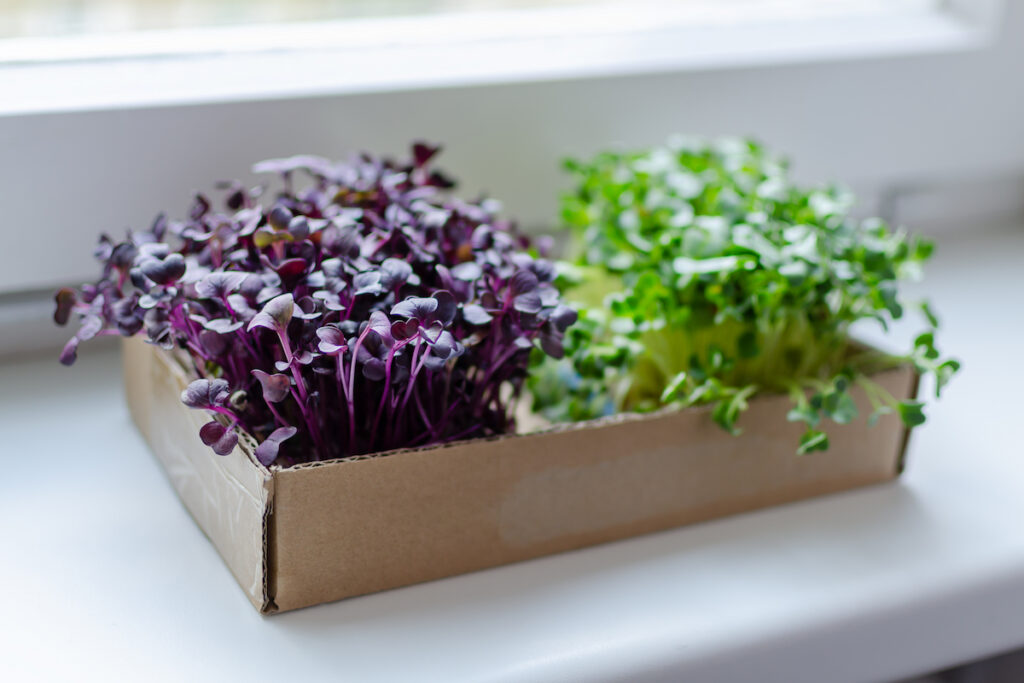
If you want instant results,microgreens are your best bet. These tiny, nutrient-dense plants are ready to harvest in just 10–14 days.
Why grow microgreens indoors:
- They require minimal space.
- Multiply rapidly in the artificial light.
- Full of nutrients, minerals, and taste.
Popular microgreens:
- Broccoli
- Radish
- Sunflower
- Mustard greens
How to grow:
- Scatter seeds over a tray of damp soil.
- Keep them under LED grow lights.
- Mist daily until ready to harvest.
Microgreens are perfect for adding a burst of color and freshness to winter meals. They’re proof that even small spaces can yield amazing results.
Must read: No Backyard? No Problem! These 15 Vegetables Thrive in Containers
Use Grow Lights for Winter Success
Short days and weak sunlight can pose challenges for indoor gardeners. To keep your winter vegetables thriving, invest in LED grow lights for vegetables.
Benefits of grow lights:
- Provide consistent light during dark days.
- Promote stronger, healthier growth.
- Allow flexible placement anywhere in your home.
Place your lights 6-12 inches above plants and have them lit 12-14 hours per day. This is a very basic process that ensures your crops, planted indoors, continue to grow even during the darkest days of winter.
Conclusion
Growing winter vegetables indoors is more than just a hobby — it’s a lifestyle choice that promotes self-sufficiency, sustainability, and health. From spinach to microgreens, each plant will make your house prettier and fresher.
What I like best about indoor vegetable gardening is that I can enjoy the pleasure of harvesting what I have cultivated myself, even when the weather is freezing. You can have fresh harvests all year round with just a few containers, some light, and constant attention.
This winter, take your garden indoors and fill your room with the creative vitality of spring and rebirth.

